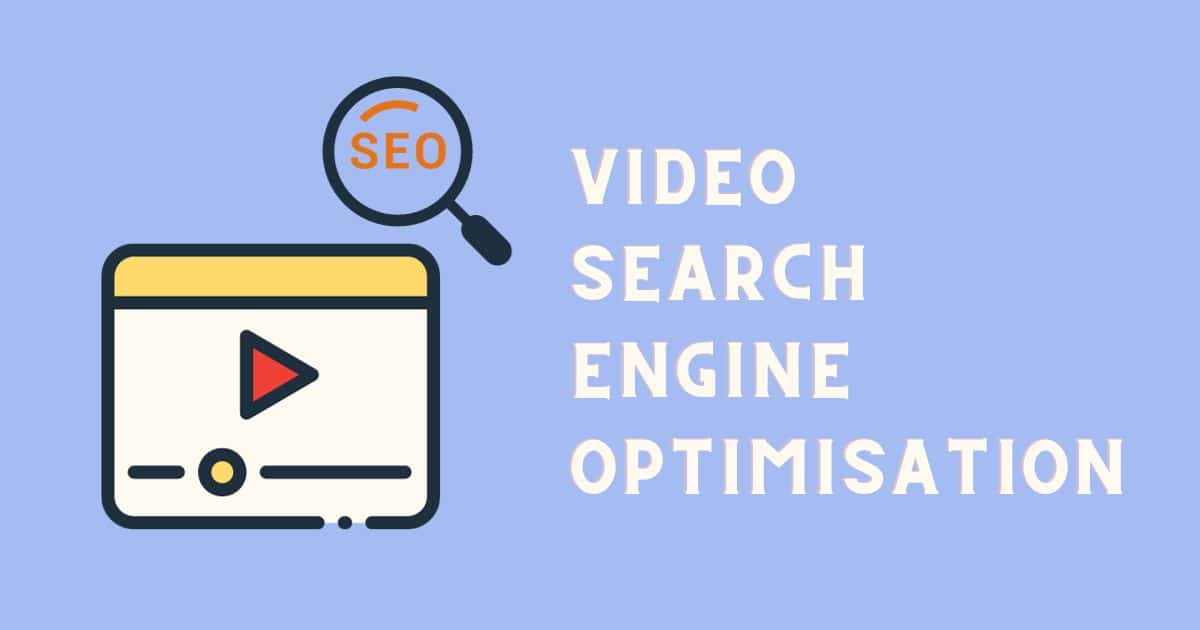Social media algorithms seem unpredictable. It’s one reason why some businesses don’t want to invest in building their profiles – what happens if an algorithm change sweeps it all away?
Maybe you know that feeling. Maybe you’ve been on the bad side of an algorithm update, watching all your new posts flop quietly into the void with just a handful of views and likes. It’s horrible, and it’s made worse because it feels so random and unfair.
In reality, though, Facebook, Instagram, LinkedIn, and TikTok have clear incentives that guide everything they do. In this article, we’ll explain exactly what those incentives are – and how you can future-proof your business against algorithm changes by following 4 simple steps.
1. Understand the Incentives of Platforms
Nothing in life is free – especially social media platforms with billions in annual operating costs. Instagram, Facebook, TikTok and LinkedIn are businesses that get most or all of their revenue from advertising. And that’s the best place to start understanding their algorithms.
They want users to spend as much time on-platform as possible, because more time scrolling equals a higher chance of ad clicks. That means a better return for advertisers, who will then spend more and drive up the platforms’ revenue.
Platforms also want users to share things with their friends and families. Social media can only exist through network effects – the more people who use a given platform, the more value existing users get from it, the more likely new users are to join, and the less likely existing users are to leave.
Those incentives mean algorithm changes will always focus on increasing usage time and strengthening network effects (at least, unless regulators step in).
2. Understand the Incentives of Consumers
So what does that mean for you? Well, usage time and network effects both depend on consumers wanting to use platforms. It’s why the social media giants have to approach ads carefully – on one hand, advertising is how they survive, but, on the other, users will defect to competitors if the platform experience becomes too compromised.
But what do users want? Why does the average Australian spend almost 2 hours each day scrolling? Our thinking: they want content and connection.
Content is any work that’s designed primarily to educate, entertain and/or inspire. (It’s different to a traditional ad, which aims to get consumers clicking/buying/enquiring now – adding value is a side effect.)
The more useful, entertaining or inspirational something is, the more people want to consume it. It’s why legacy media optimises for outrage. It’s why binge-able streaming is so popular. And it’s why social media platforms have ruthlessly encouraged dopamine-inducing content that makes it harder and harder to be entertained any other way.
Connection is an equally ancient drive. We want to feel accepted by and ‘in’ with other humans, because, for hundreds of thousands of years, social inclusion has been a prerequisite for survival. Social media translates that need into a digital space. Think back to why you first signed up to your favourite platforms. Was it because you just wanted content? Or was it because some of your friends and family were on there too?
The incentives of social media platforms are tied to users being able to access high-quality content and connect easily, so we know algorithm changes won’t (generally) affect either one.
3. Know Why You’re on Social Media
If social media algorithms are a bit like the ocean – relatively calm with the occasional storm – your business is a ship. To survive the wind and waves, you need to know where you’re sailing.
And that’s exactly where many brands go wrong. They understand the incentives of platforms and users, but then take an approach that puts them at odds with both. Instead of producing interesting, engaging content that is highly shareable and easily consumable, they either:
- relentlessly advertise themselves without adding value for users
- produce bland, boring content that people scroll right past.
If that issue sounds familiar, try changing your North Star. Don’t focus on direct social media sales. Instead, community-build.
- Increase awareness about your brand, the problem you solve, and the solution category you offer with high-quality content.
- Connect with your ideal buyers.
- Enable them to connect with other like-minded folks.
Do that, and revenue will naturally follow.
4. Be Present
Creating high-quality, shareable content a good way to insulate yourself against 85% of algorithm shifts. There will always be some changes, though, that you need to actively adapt to.
Often, those are in response to evolving user behaviour. Think about the rise of TikTok-style vertical video. That format massively increases time on platform and strengthens network effects, which is why it’s been adopted by Instagram, YouTube and LinkedIn.
Sometimes, algorithm changes are in response to external pressure or regulation, like Meta’s ongoing efforts to fight misinformation following criticism from the government, media, and general public. And, occasionally, it’s the platform experimenting – trying different things, seeing what happens, and then discarding or adopting them.
You need someone with their fingers on each platform’s pulse guiding your social media efforts. They should intuitively understand what performs well from both algorithmic and user perspectives, and be able to keep your social presence healthy in the face of fluctuations. In other words, you need a social media strategist.
Eight Actionable Takeaways
Here’s how you can take everything we just discussed and apply it to your own social accounts:
- Treat social media as a community-building space, not a one-way advertising channel.
- Create content that is high-quality:
- It should be technically competent (the specifics of which vary depending on the exact type of content you’re creating).
- It should have some unique element that other content on the same platform doesn’t.
- It should add value for users by educating (providing useful information), entertaining (evoking emotions to hold attention), and/or inspiring (fuelling desire for a particular outcome).
- It should help your ideal customers progress through their buying journeys.
- Make sure your content is highly shareable. We’ve explained the 6 principles of virality here.
- The biggest litmus test for content is: is it interesting? If you’d scroll right past it, it’s probably not worth publishing.
- Never bet against incentives. If something you’re doing encourages people to leave the platform or not share your content, there’s a good chance you’ll be penalised by the algorithm. (In other words, stop pushing users to your website. Create zero-click value in-app.)
- Employ or retain a person or agency (like us) that lives and breathes social media. You can’t understand these platforms from a distance.
- Keep an eye on the LinkedIn Pressroom and Meta Newsroom for algorithm and feature updates.
- Treat suspected algorithm changes like market movements – don’t overreact. There may be short-term fluctuations, but, in the end, the algorithms will default to supporting high-quality content that aligns with those 4 incentives we discussed earlier.
All those tips are easy to understand but hard to get right. If you need help implementing them, get in touch with us.












